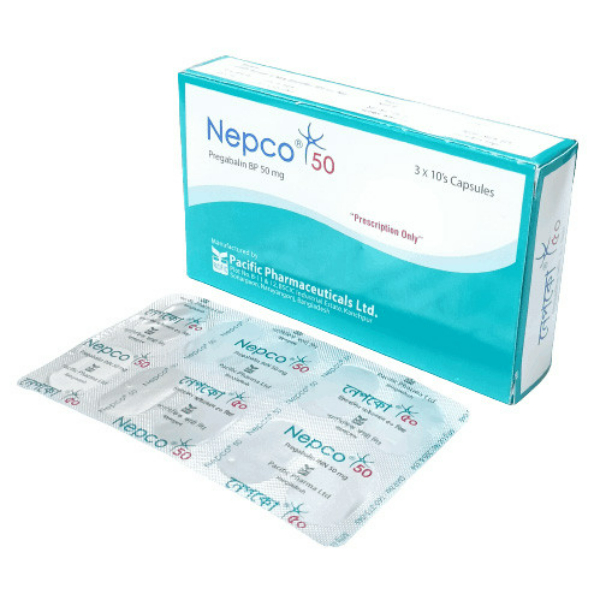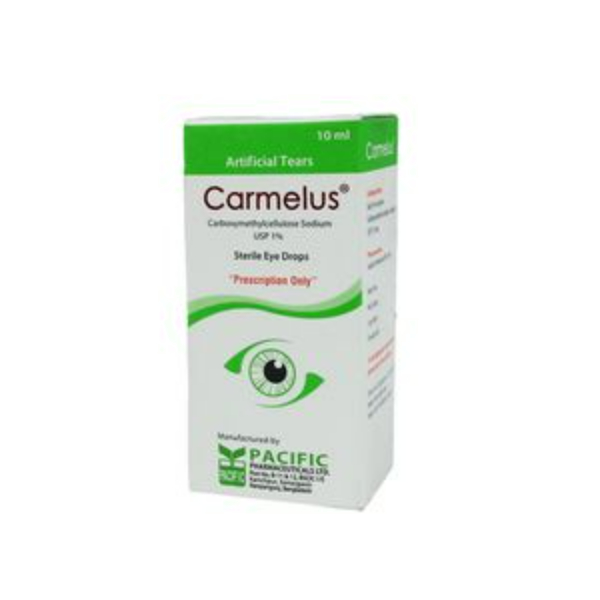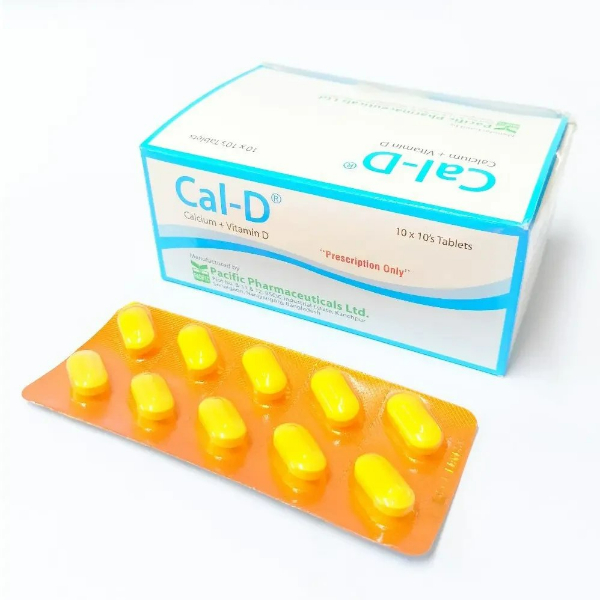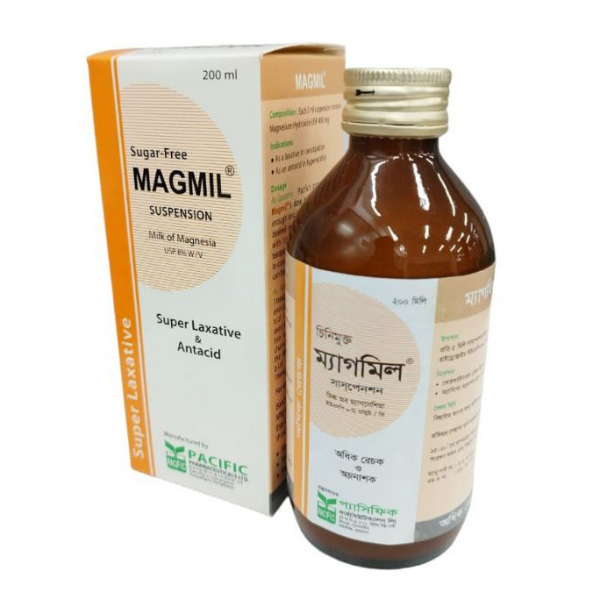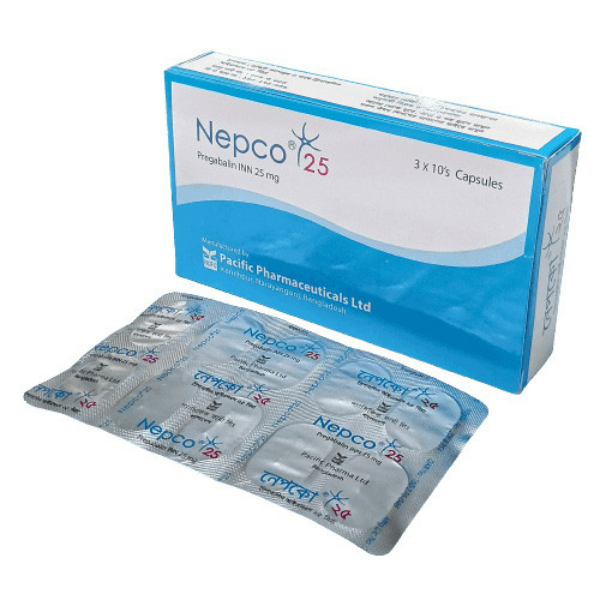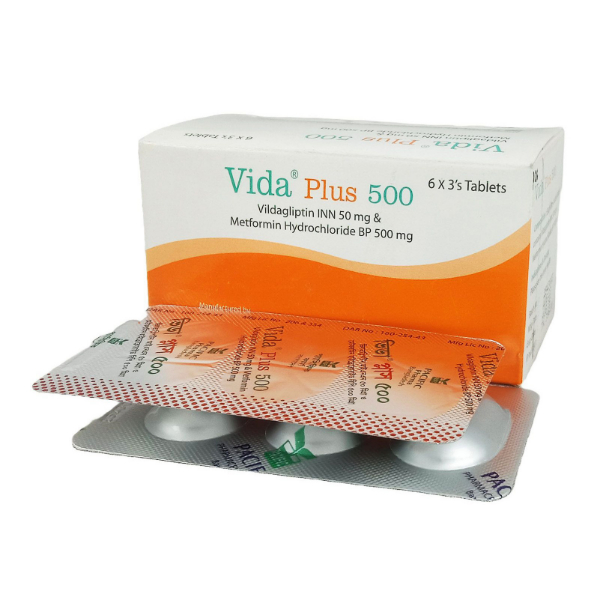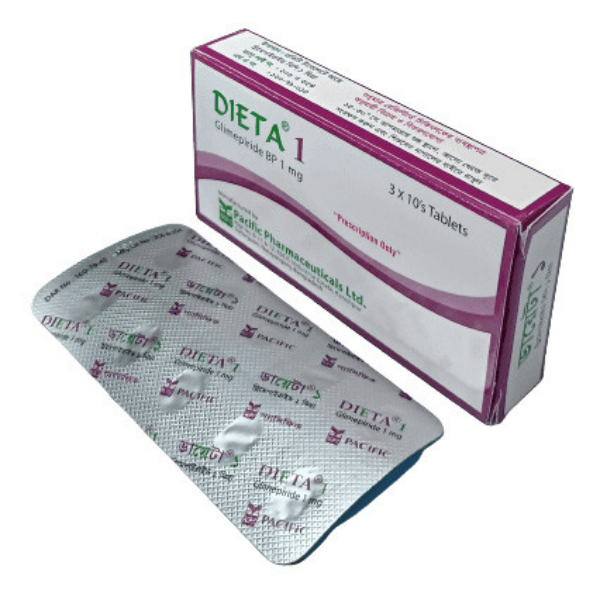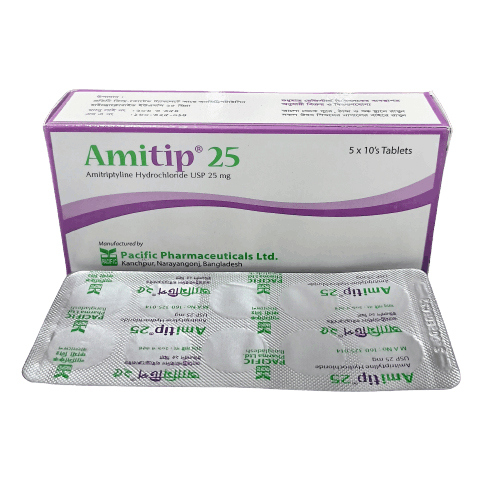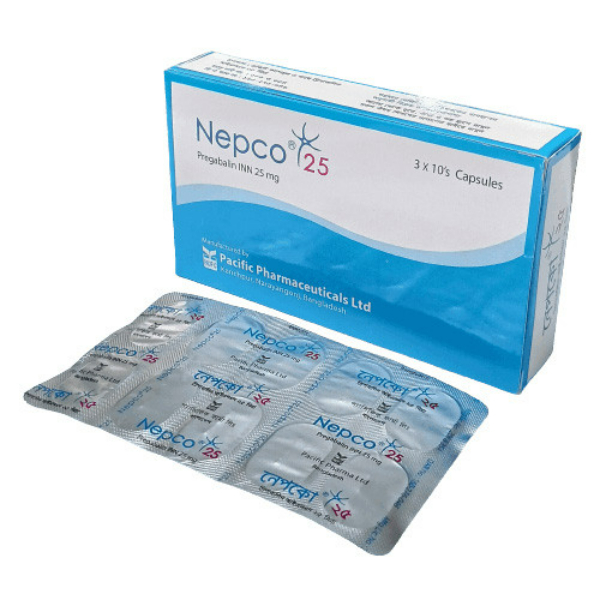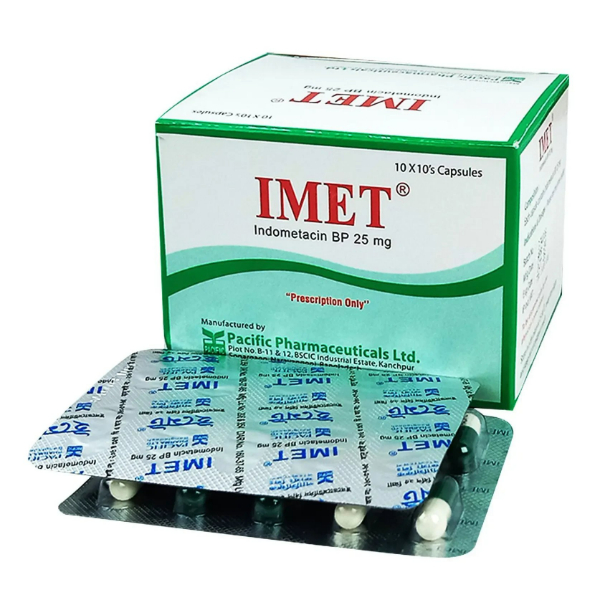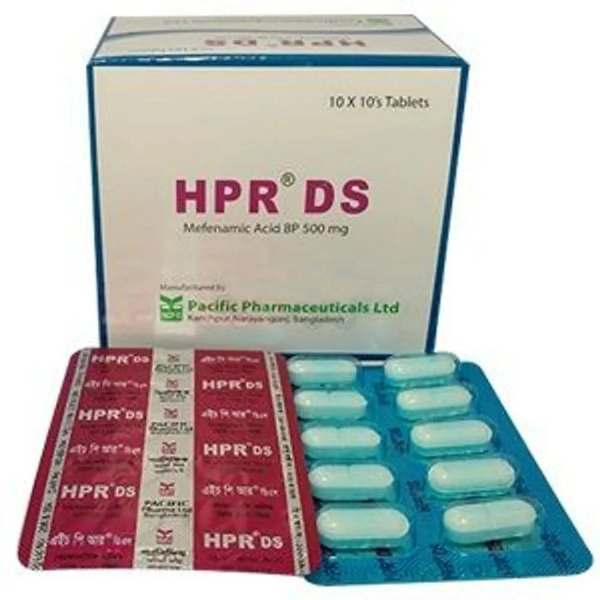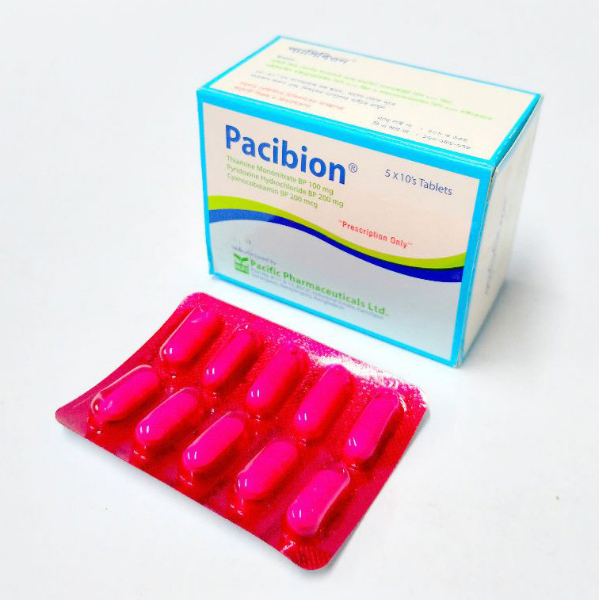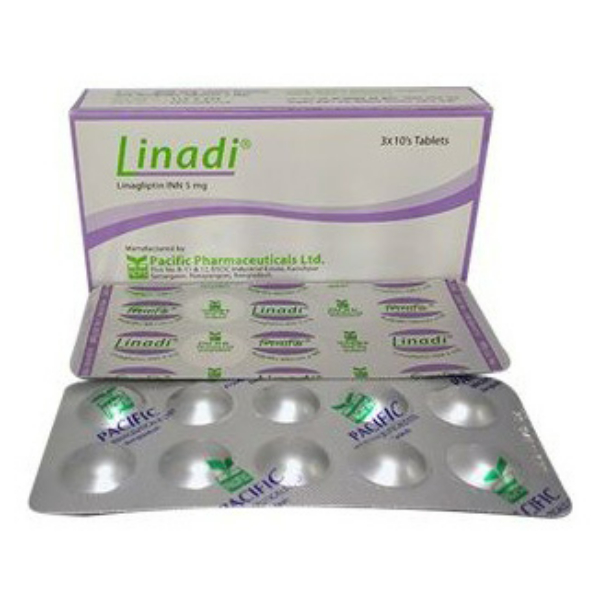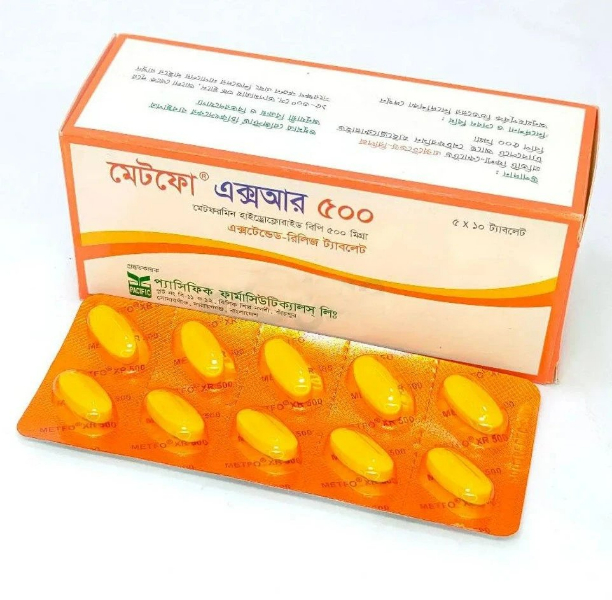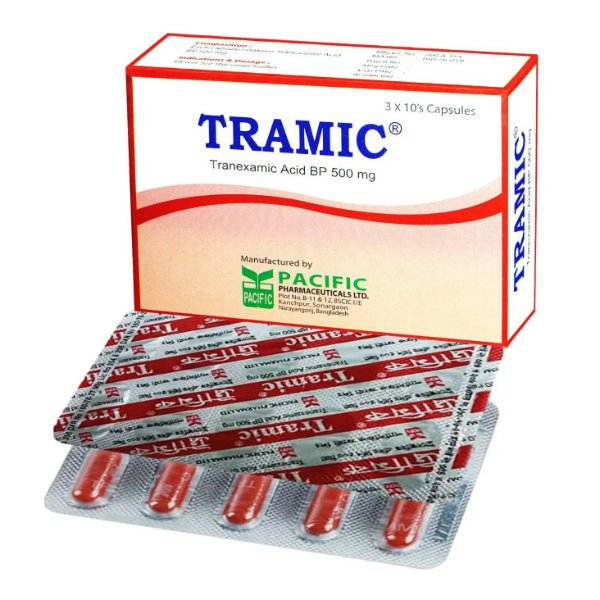Description
রেজিস্টার্ড চিকিৎসকের পরামর্শ মোতাবেক ঔষধ সেবন করুন
Indications:
-
Type 2 Diabetes Mellitus
-
As monotherapy or in combination with Metformin or Insulin
-
For patients who need blood glucose control beyond diet and exercise
Pharmacology:
Glimepiride belongs to the sulfonylurea class of antidiabetics. It works by stimulating insulin release from pancreatic beta cells and improving insulin sensitivity in peripheral tissues. It provides long-acting glycemic control with a lower risk of hypoglycemia than earlier sulfonylureas.
Dosage:
-
Initial dose: 1–2 mg once daily with breakfast
-
Dose can be adjusted based on glycemic response (max 8 mg/day)
-
Lower doses for elderly or renal-impaired patients
Administration:
-
Take once daily with breakfast
-
Do not chew or crush
-
Consistent meal schedule is recommended
Interaction:
-
Enhanced effect with insulin, NSAIDs, and MAOIs
-
Reduced effect with corticosteroids, diuretics, and oral contraceptives
-
Alcohol may increase risk of hypoglycemia
Contraindications:
-
Type 1 diabetes
-
Diabetic ketoacidosis
-
Severe hepatic or renal dysfunction
-
Hypersensitivity to Glimepiride or other sulfonylureas
-
Pregnancy and lactation
Side Effects:
-
Hypoglycemia
-
Nausea
-
Headache
-
Dizziness
-
Allergic skin reactions
-
Rare: liver dysfunction, blood cell disorders
Pregnancy & Lactation:
-
Not recommended during pregnancy; insulin is preferred
-
Avoid during breastfeeding; may pass into breast milk
Precautions & Warnings:
-
Regular blood sugar monitoring is essential
-
Caution in elderly, malnourished, or renal-impaired patients
-
Avoid skipping meals to prevent hypoglycemia
-
Educate patient on recognizing low blood sugar symptoms
Therapeutic Class:
Oral Hypoglycemic Agents
(Sulfonylureas – Third Generation)
Storage Conditions:
-
Store below 30°C in a dry place
-
Protect from light and moisture
-
Keep out of reach of children



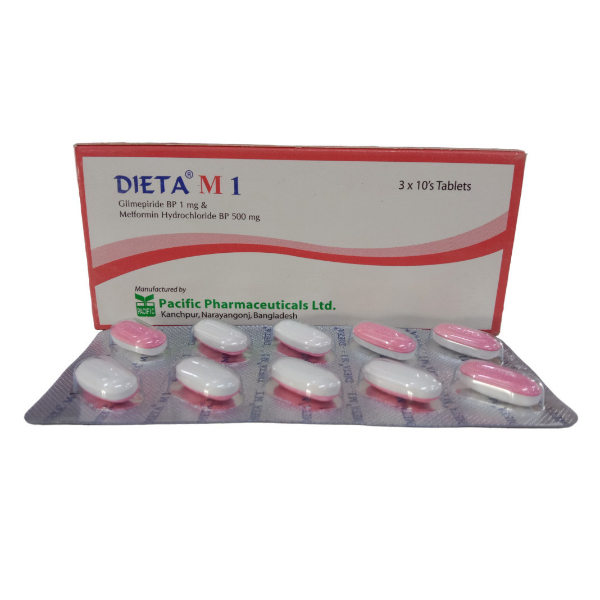
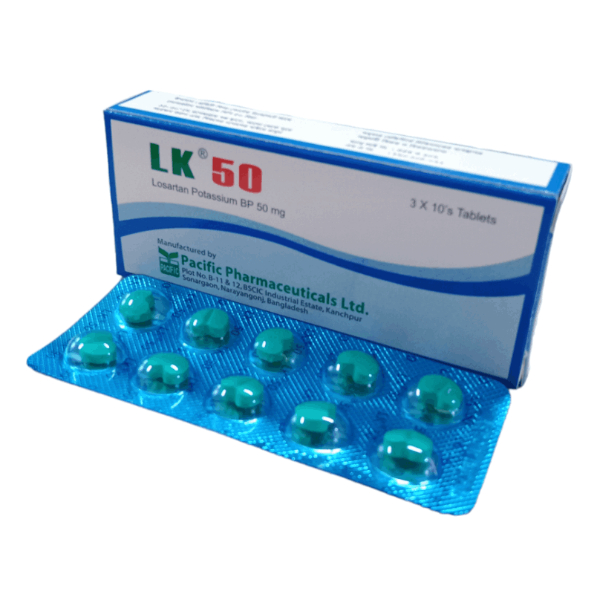
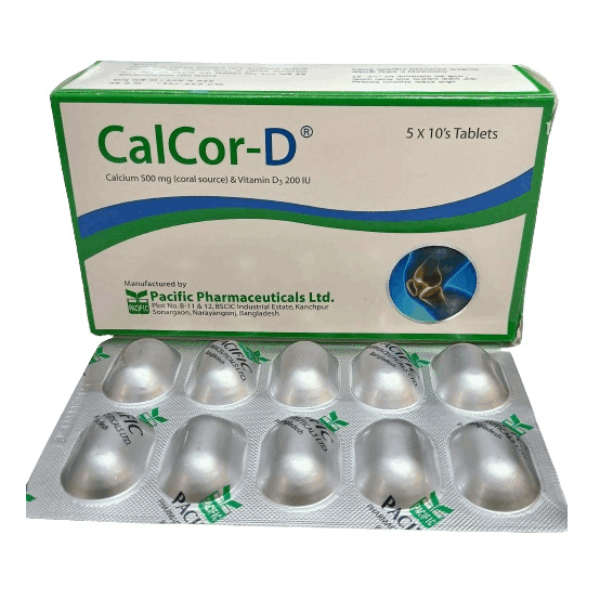
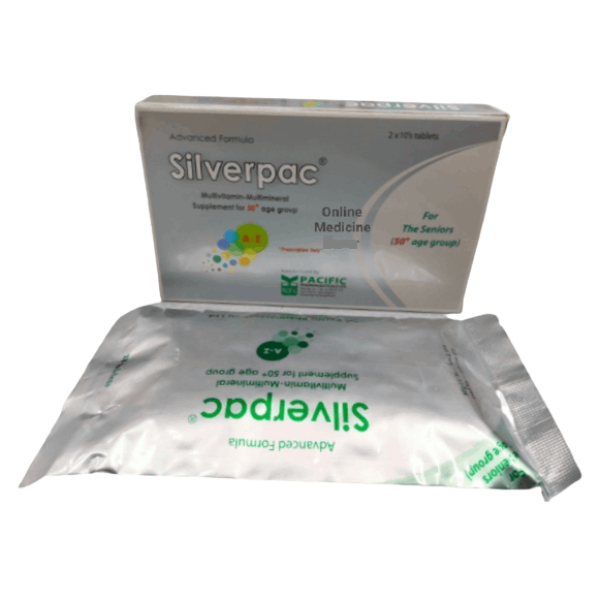







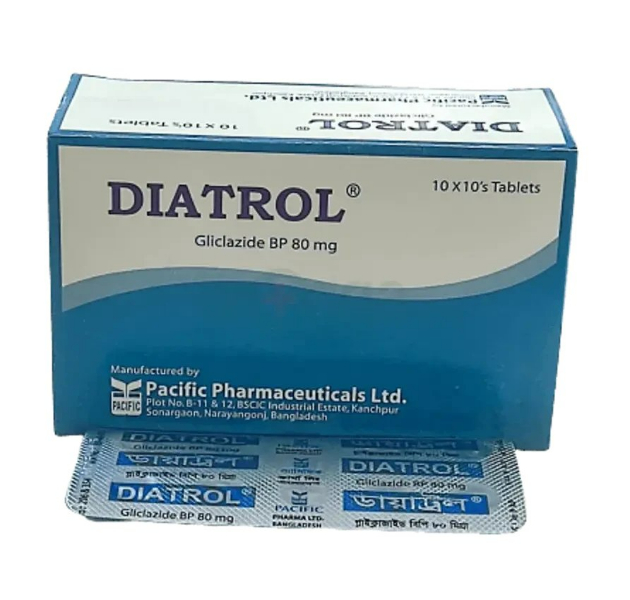

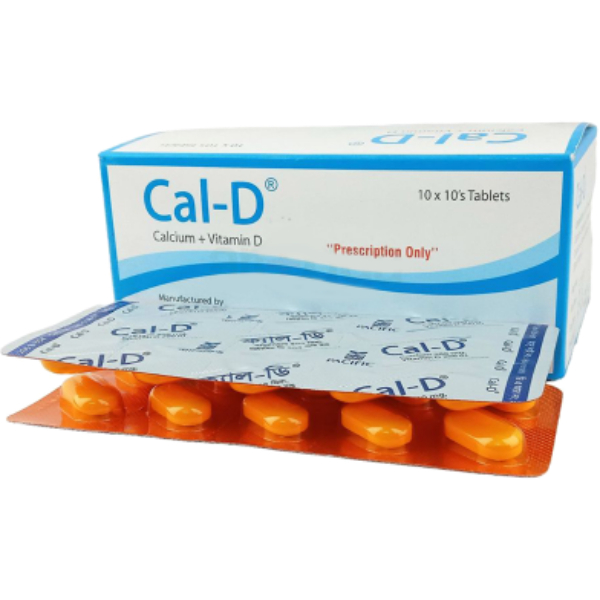
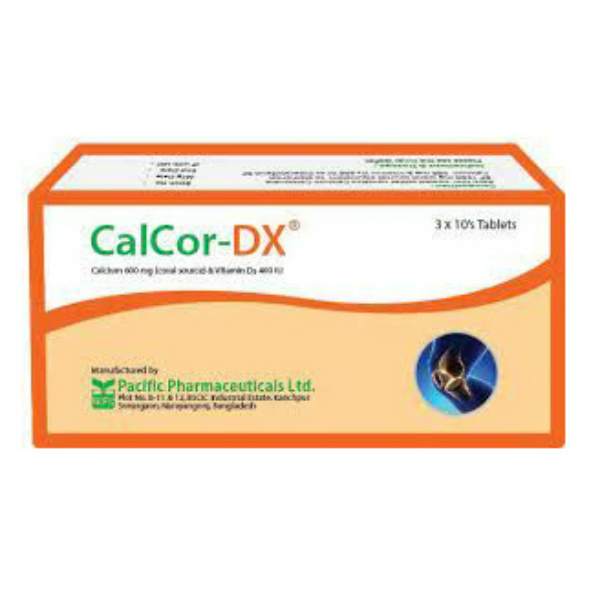
.jpg)
